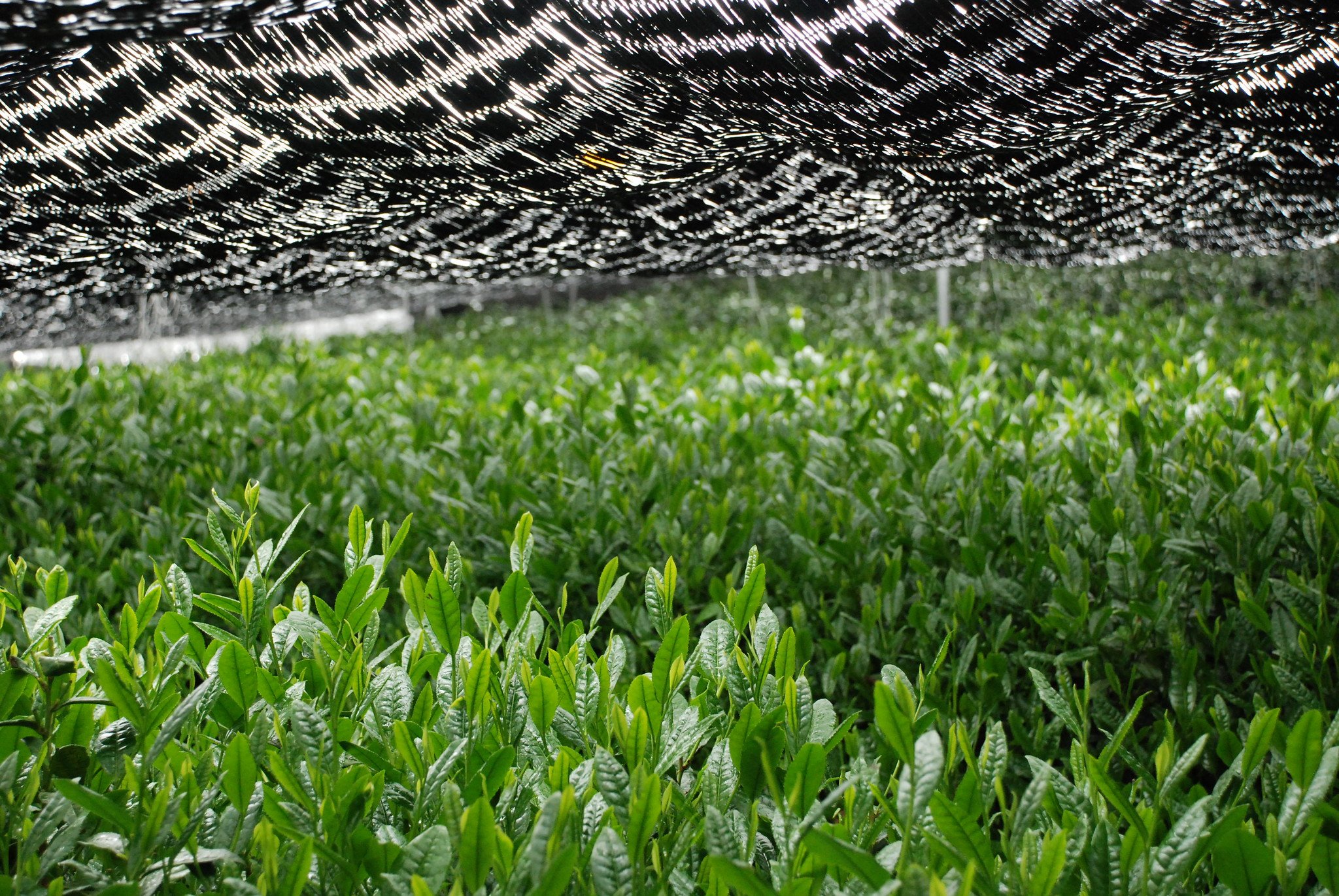Historical Tea Shop Horaido in Kyoto
In Kyoto this past December, I of course, wanted to buy some great Japanese green teas and had the good fortune to visit the historical tea shop Horaido which has been selling tea in Kyoto since 1803.
Kyoto is one of the world’s great tea cities with it’s proximity to the ancient tea producing region of Uji (today a 30 min train ride away) and it’s historical role as the seat of the Emperor and aristocracy so a great market for fine teas.
You can view photos of when we visited Uji to learn more about Japanese tea production in 2010 here.
Horaido Tea Stall is located on Teramachi Street, a historical street known since the Heian period (794-1185) when it was a major street connecting the Imperial Palace to other parts of the city.
Teramachi Street then evolved into a street for pilgrims visiting temples (hence it’s name) in the 17th century during the Edo period (1603-1868) and gained a reputation as a place to buy fine wares.
Not only was the store charming for it’s old antique look, but they sold tea the old fashioned way: weighed, measured, and packed to order. Additionally they sell tea according to the old fashioned rhythm of purchasing teas directly from farmers in the early summer, letting the tea “rest,” and then selling them starting in the autumn until the following autumn.
Since I was there in late autumn I was so lucky to pick up some tea fresh from this year’s harvest!
Wanting to get teas Japan excelled in, I picked up 1x gyokuro, 1x sencha, and 1x matcha. Later I learned that one of Horaido’s claims to fame, however, is that they are attributed as the inventor of genmaicha, the roasted rice blended tea that has a savory and toasty flavor.
Normally I’m not a huge drinker of genmaicha, but if I had realized this earlier their special relationship to genmaicha I probably would have picked up some! Alas, next time.







